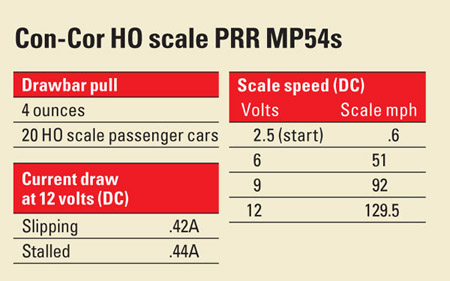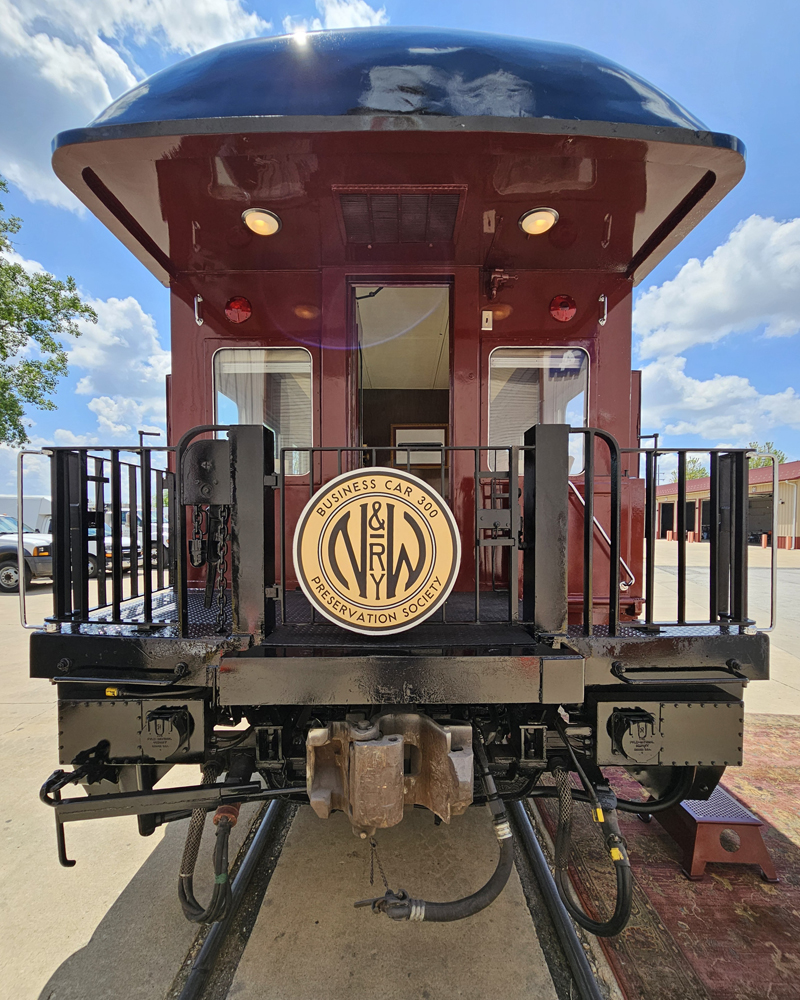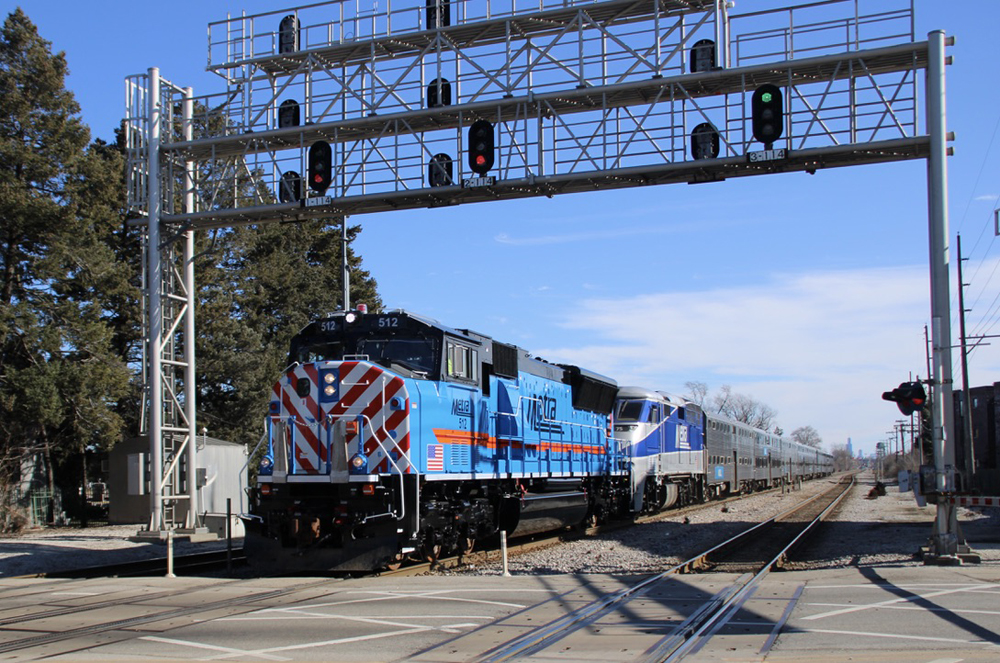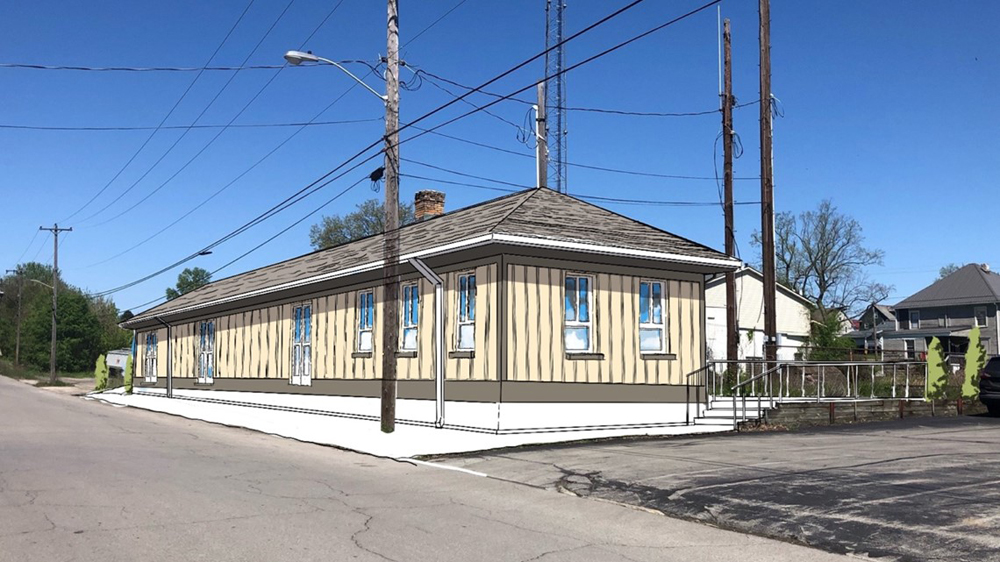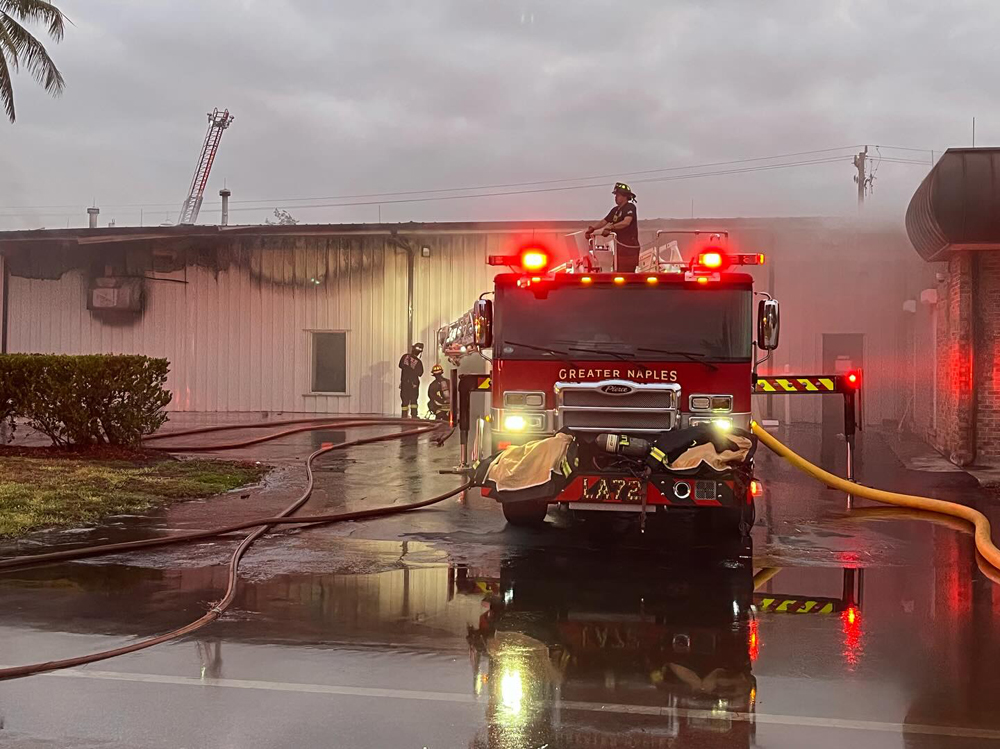Con-Cor International has released its MP54 multiple-unit (MU) cars in prewar and postwar paint schemes and several body styles. The smooth-running models are prototypically accurate with an impressive amount of detail, including working pantographs.
The models can be converted to Digital Command Control (DCC).
The owl-eyed MP54. The Pennsylvania RR electrified its major eastern corridors in the early 20th century in response to municipal anti-pollution laws, the need for powerful helper engines on steep grades, and a desire for greater efficiency of commuter trains. Multiple-unit cars were the answer to that last need.
Originally converted from steam-hauled heavyweight passenger cars starting in 1915, self-propelled coaches could accelerate and decelerate for station stops quicker than locomotive-hauled trains with equal seating capacity, cutting the travel time of demanding commuters. Furthermore, MU car trains could be operated by a single motorman working from either end of the train, eliminating time spent turning a locomotive at the end of a run.
The MP54 (Motorcar, Passenger, interior length 54 feet) was the Pennsy’s most plentiful model, with 455 built. Con-Cor offers models of the MP54 coaches, along with MPB54 passenger-baggage combines and MBM62 baggage-mail MU cars. Commuters and trainmen called the MP54 and its kin “owl-eyed cars” due to their distinctive porthole end windows.
Few if any physical details denote the different phases of prototype MP54 construction, but the road numbers on the Con-Cor models belong to the second class of cars built between 1926 and 1928, designated MP54E2. Most were retired by the late 1950s, though some saw service into the Conrail era.
A few cars run on museum and excursion lines today.
A detailed look. The details and paint schemes of Con-Cor’s models match photos published in “Pennsylvania Railroad MP54 Multiple Unit Cars” in The Keystone (vol. 43 no. 4, winter 2010) and in the books Pennsy Electric Years by William D. Volkmer (Morning Sun Books, 1991) and Pennsy Electric Years Vol. 2 by Bert Pennypacker (Morning Sun Books, 2002). All the dimensions I checked matched those in builder’s diagrams I found online.
The model has a plastic body with finely molded rivets and seams, wire grab irons, etched-metal windshield wipers, flexible plastic end-door chains, and other impressive details. I was pleased to note the model includes the curved grab irons under the vestibule floor trap doors, a detail not visible during normal operation.
The clear window glazing includes the red stripe in the end windows that designates the operator end; the toilet window is frosted like the prototype.
As on the prototype, the model has two different types of trucks. The drive truck, with an 8′-8″ wheelbase, was a PRR 2D-8-P1 Hyatt roller-bearing truck, while the unpowered trailing truck was a 2C-P2 plain journal truck with an 8′-0″ wheelbase. On the Con-Cor model, both trucks are accurately detailed, including the different wheelbases. On the HO scale powered cars, unlike the prototype, both trucks are driven.
The two trucks’ gear towers are linked via driveshafts to a motor mounted in a recess in the underbody. This allows the interior to be unobstructed. The motor enclosure isn’t prototypical, but it doesn’t look out of place among the plentiful brake equipment, battery boxes, and other underbody details. The unpowered models have a more prototypical underbody without the motor housing.
The sprung, etched-metal pantographs closely resemble those in prototype photographs in the Keystone article and both volumes of Pennsy Electric Years. The parts flex smoothly and can be secured in the down position. The pantographs are wired to the interior lighting board, and a switch on that board lets the user choose between overhead or traditional two-rail track power.
The lighting board in the powered models includes an eight-pin Digital Command Control socket. Con-Cor offers both a sound decoder with speaker, loaded with prototypical sounds, and a motor-only decoder. The manufacturer recommends the sound units be installed in the baggage-mail or combine cars, due to the difficulty of concealing the speaker in a coach. Our samples didn’t include a decoder, so we didn’t test them under DCC.
Since the cars were designed to operate as multiple units, I tested our three powered samples to see how they’d run together. First, I set all three a couple inches apart on the same track and
applied power. The three responded with slightly different speeds; within a few feet, they had either separated or coupled together. In coupled operation this speed difference wasn’t significant;
I noticed no bucking or wheel spinning when I ran the three together.
But I imagine most modelers are likely to equip their trains with a single powered car and several unpowered trailers, so I tested the drawbar power of the coach alone. The models have one traction tire per truck, on opposite rails from each other. Our test bench force meter measured the coach’s drawbar pull at a hefty 4 ounces, enough to haul a train. One powered MP54 should have no problem handling a typical five-to-six-car commuter train, even on steeper grades seen on some layouts.
A niche filled. If you model the Pennsylvania RR’s electrified territory, you need MP54s on your layout. Con-Cor’s versions of these distinctive cars are well-detailed, smooth-running models worth a spot at your passenger platforms.
Manufacturer
Con-Cor International
8101 E. Research Ct.
Tucson, AZ 85710
www.con-cor.com
Road names: Pennsylvania RR (prewar Tuscan red scheme with boxcar red or black roof and postwar keystone scheme), Long Island RR (Tuscan or Tichy gray and white), Penn Central, Southeastern Pennsylvania Transportation Authority (SEPTA), and unlettered (Tuscan with black roof).
Era: MP54s, 1915-present (modeled car numbers, 1926-1950s)
Features
- All-axle drive and electrical pickup
- Blackened metal wheels on plastic axles, in gauge
- Directional light-emitting-diode headlights
- McHenry knuckle couplers (mounted at correct height)
- Minimum radius: 18″
- Traction tires on one wheel per truck
- Weight: 9 ounces (powered car) 5 ounces (unpowered car)







